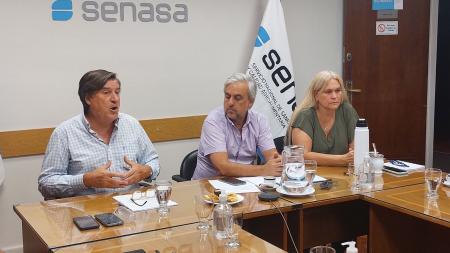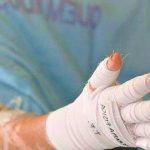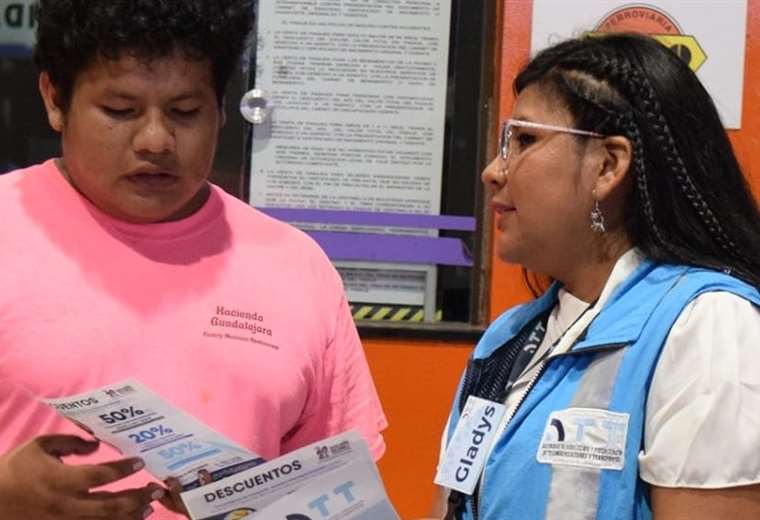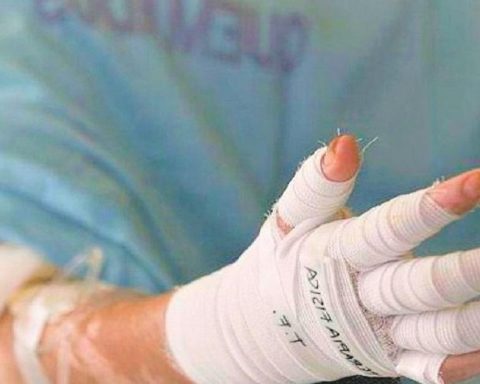The vice president of the National Agri-Food Health and Quality Service (Senasa), Rodolfo Acerbi, assured this Monday that the cases of avian influenza “do not represent a danger to the health of the population in Argentina, nor to the commercial chain of sale.”
In dialogue with Télam, the official also detailed the prevention measures carried out by national and provincial agencies to prevent the spread of the virus.
“Avian influenza does not represent a problem for the health of the population in the country, and we are guaranteeing all sanitary measures to prevent its spread. The chances of affecting people are low, and this disease is not spread by eating chicken meat or eggs, the only way people can get it is if they handle birds that are dead or sick with this virus. Therefore, there is no danger of contagion through food intake, and it does not affect the commercial sales chain,” said Acerbi.
The cases
After the confirmation last Wednesday of the first case in Jujuy, which determined the declaration of a health emergency situation by the Ministry of Agriculture, Senasa surveyed more than 100 samples nationwide, in which positive cases were detected in other three provinces: Córdoba, Salta and Santa Fe.
In Jujuy the disease was detected in wild birds of the Andean goose species.
Then confirmed cases of avian influenza (AI) H5 in wild ducks and geese found dead in the province of Córdobato which was added another case of contagion –in this case from a backyard hen- in Salta.
This Monday, the health agency reported another case, in Santa Fein the town of Villa Cañás, with the discovery of backyard chickens and turkeys infected with the virus.
What is avian influenza
Highly pathogenic avian influenza (HPAI) is a disease with a high impact on both the diversity of wild birds and poultry production.because it causes high mortality rates.
So far, the 5 species of birds that have been identified with bird flu in the country are: Andean goose, wild duck, chickens, turkeys, and domestic or backyard ducks.

After these cases were confirmed, the production ministries of the provinces and personnel from the National Institute of Agricultural Technology (INTA) adopted sanitary actions and they established a containment zone based on detection and epidemiologically related suspicions, in addition, route controls were reinforced in collaboration with the National Gendarmerie to delimit the zone.
In the province of Entre Ríos, preventive controls are carried out on the border with Uruguay -at the bridges “Gral. San Martín” (Gualeguaychú/Fray Bentos), “Gral. Artigas” (Colón/Paysandú), “Salto Grande” ( Concordia/Salto)-, after a case was detected last week in the Department of Maldonado.
“We know that the Uruguayan service is very attentive to the situation with the corresponding health teams, and so far no new positive cases have been reported”said Acerbi about the situation in the neighboring country.
Also, controls are being carried out at the border with Brazil, Bolivia and Paraguay where compliance with the requirements for commercial cargo that is exported and imported is verified daily, as well as the luggage control of travelers upon entry to the Argentine Republic.
Regarding the positive cases of avian influenza, The vice president of Senasa maintained that the disease “until a long time ago did not complicate the situation in South America”.
The new picture of the situation began some time ago in the US “with a huge number of cases, to later be detected in Mexico, Cuba, the Dominican Republic, Peru, Colombia, Venezuela and Chile,” among other countries.
“Until a long time ago, this disease did not affect migratory lines and did not complicate the situation in South America. Recently it has become more aggressive and the virus has grown. Last year with the case of Mexico, we did a drill together with agencies in the region to work with migratory birds – especially wild geese – to anticipate their possible arrival,” the official said.
In recent days, national and regional authorities and technicians from Senasa participated in a virtual meeting with provincial and municipal officials, in which the situation at the country level and the main biosafety measures implemented were reviewed.
“Although it is not possible to stop or mitigate the advance of the disease through the areas where migratory birds settle, it is possible to adopt preventive measures and mitigate its spread and its negative impact on poultry farming,” Acerbi stressed.

The vice president of Senasa detailed the procedures carried out in coordination with the provinces in suspicious cases, and stressed the importance of follow-up.
In the first instance, tracking work is carried out with people from national parks or backyards (private residences), “this allows us to cut the chain of transmission,” he said.
“When we find a positive or suspected case, a diameter of 3 kilometers is traced around the intensive rake, seeing wetlands, family farms, and if there are commercial egg or chicken establishments, the team takes the sample there, which takes a maximum of 48 hours. detect the virus,” he said.
Avian influenza prevention
On the preventive level, Acerbi stressed that the personnel who work in certain perimeters cannot work in other areas, and must be in quarantine for at least 21 days before performing tasks again to avoid the potential transfer of the virus.
When a case is confirmed, to the initial 3 kilometers, another 7 kilometers of monitoring are added for 21 days, and a restriction is established on the movement of vehicles, as well as in the social and labor sphere.
Finally, from the Senate they issued a series of rRecommendations to take into account to act preventively:
-Frequent hand washing with soap and water or use alcohol-based disinfectants.
-Avoid direct contact with wild birds and, if possible, only observe them from afar.
-Do not touch surfaces that could be contaminated with saliva, mucosa or feces of wild or poultry birds, and adjust sanitary measures in commercial work.
-Avoid having unprotected contact with poultry that appear to be sick or dead
-In case of finding a sick or dead bird, avoid contact and notify the Senasa health authorities by visiting any of their offices; through the “Senasa Notifications” application, or by sending an email to [email protected].
Also entering the “Notify Senasa” section of the agency’s website or by sending a WhatsApp to 11-5700-5704
-Currently, there are no restrictions to travel to areas affected by avian influenza. However, it is recommended that people who travel take the necessary preventive measures to avoid risks.


















